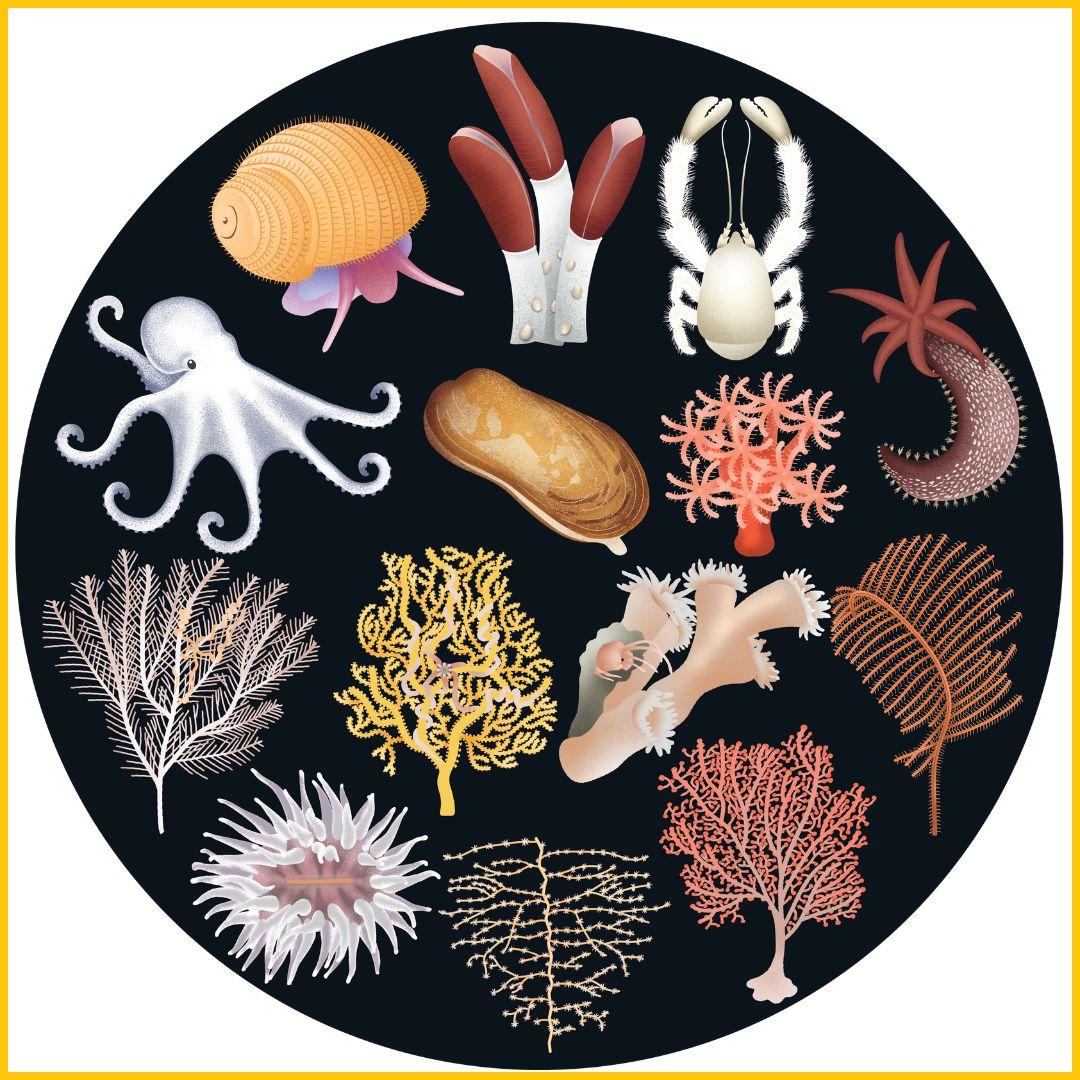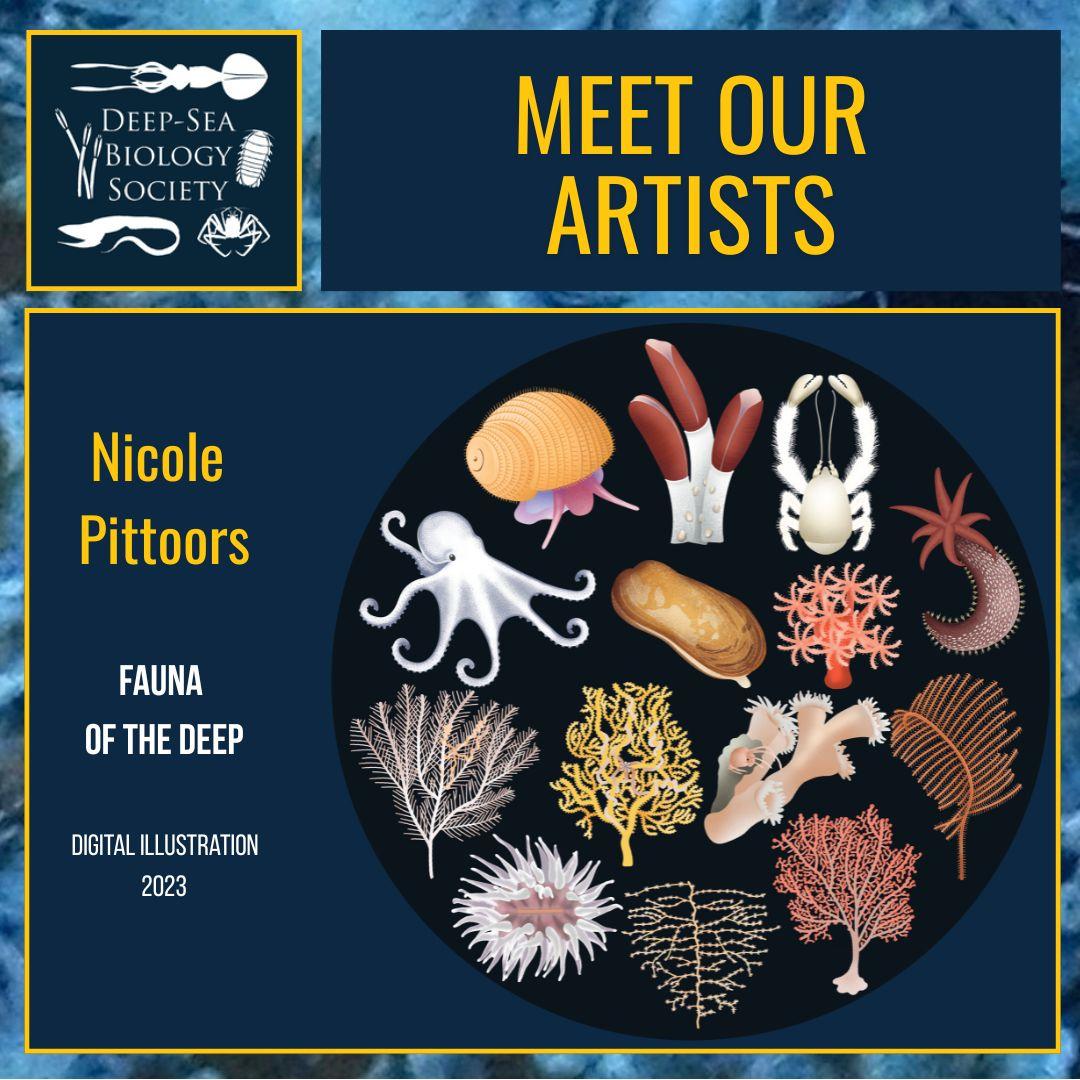Artist statement:
“My path to the deep-sea began with a paintbrush, using art to capture the beauty and vulnerability of marine ecosystems. Now, as a deep-sea biologist specializing in coral ecosystems and hydrothermal vents, I've realized that scientific discoveries often require more than data to reach their audience. My work aims to complement research publications by translating biological processes into visual narratives that make science accessible. Because deep-sea ecosystems exist beyond human experience, art offers a way to spark curiosity about the deep-sea, and that sense of wonder is the first step towards protection.
The power of this approach was beautifully demonstrated during Schmidt Ocean Institute's expedition to Argentina's Mar del Plata Submarine Canyon in July 2025. As millions of citizens watched live streams of lush deep-sea ecosystems, Argentine artists began creating their own interpretations of the ROV footage - from detailed scientific illustrations to whimsical comics, and across every medium imaginable. This spontaneous response didn't just amplify public interest; it catalyzed a national conversation about ocean science that ultimately led to scientists testifying before Congress and sparking national discussions about restoring research funding."

